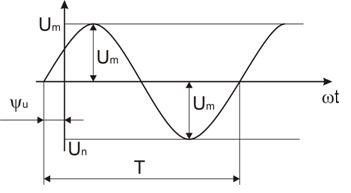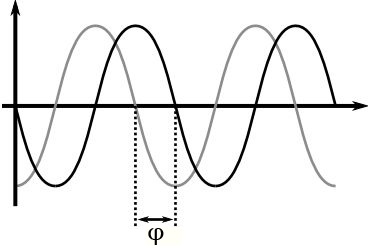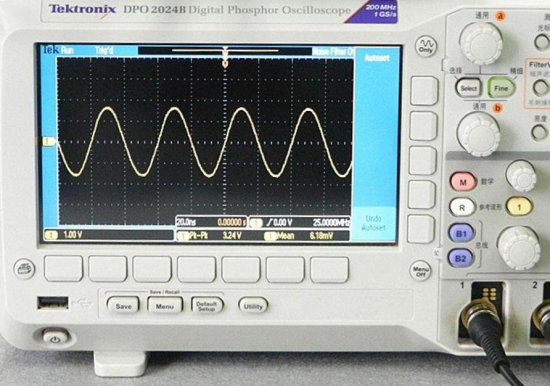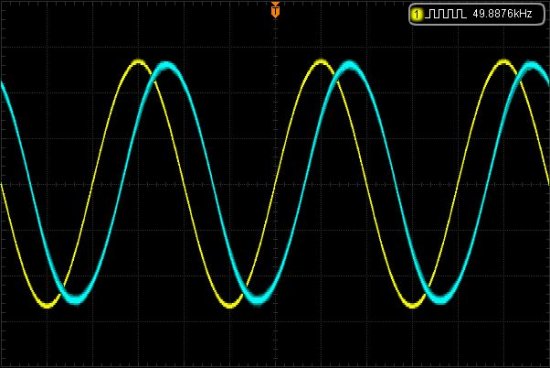What is phase, phase angle and phase shift
When they talk about alternating current, they often work with such terms as "phase", "phase angle", "phase shift". This usually refers to a sinusoidal alternating or pulsating current (obtained by rectification sinusoidal current).
Since the periodic change in EMF in the network or current in the circuit is harmonic oscillatory process, then the function describing this process is harmonic, that is, sine or cosine, depending on the initial state of the oscillating system.
The argument of the function in this case is only the phase, that is, the position of the oscillating quantity (current or voltage) at each considered moment of time relative to the moment of the beginning of the oscillations. And the function itself takes the value of the fluctuating quantity at the same moment in time.
Phase
To better understand the meaning of the term «phase», let us turn to the graph of the dependence of the voltage in a single-phase AC network on time. Here we see that the voltage changes from a certain maximum value Um to -Um, periodically passing through zero.


In the process of change, the voltage assumes many values at each moment of time, periodically (after a period of time T) it returns to the value from which the monitoring of this voltage began.
We can say that at any instant of time the voltage is in a certain phase, which depends on several factors: on the time t that has passed since the beginning of the oscillations, on the angular frequency and on the initial phase. In parentheses is the full oscillation phase at the current time t. Psi is the initial phase.
Phase angle
The initial phase is also called in electrical engineering initial phase anglesince phase is measured in radians or degrees, just like all normal geometric angles. Phase shift limits range from 0 to 360 degrees or 0 to 2 * pi radians.
In the above figure, it can be seen that at the time of the beginning of the observation of the alternating voltage U, its value was not zero, that is, the phase had already managed to deviate from zero in this example at a certain angle Psi equal to about 30 degrees or pi / 6 radians — this is and is the initial phase angle.
As part of the argument of a sinusoidal function, Psi is constant because this angle is determined at the beginning of observing the changing voltage and then generally does not change. However, its presence determines the overall displacement of the sinusoidal curve relative to the origin.
As the voltage fluctuates further, the current phase angle changes and the voltage changes with it.
For a sinusoidal function, if the total phase angle (full phase, taking into account the initial phase) is zero, 180 degrees (pi radians) or 360 degrees (2 * pi radians), then the voltage assumes zero and if the phase angle takes on a value of 90 degrees (pi / 2 radians) or 270 degrees (3 * pi / 2 radians), then at such times the voltage deviates maximally from zero.
Phase shift

Usually, in the course of electrical measurements in circuits with an alternating sinusoidal current (voltage), both the current and the voltage in the investigated circuit are simultaneously observed. The current and voltage graphs are then plotted on a common coordinate plane.
In this case, the frequency of change of current and voltage is identical, but different, if you look at the graphs, their initial phases. In this case they say for the phase shift between current and voltage, that is, for the difference between their initial phase angles.
In other words, the phase shift determines how much one sine wave is shifted in time from the other. Phase shift, like phase angle, is measured in degrees or radians. In phase, the sine whose period begins earlier is leading, and the one whose period begins later in phase is lagging. Phase shift is usually denoted by the letter Phi.
The phase shift, for example, between the voltages on the conductors of a three-phase AC network relative to each other is constant and equal to 120 degrees or 2 * pi / 3 radians.


